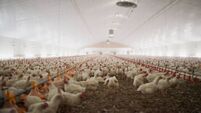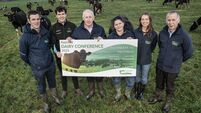Farmers' use of genomics gives Irish herd an edge
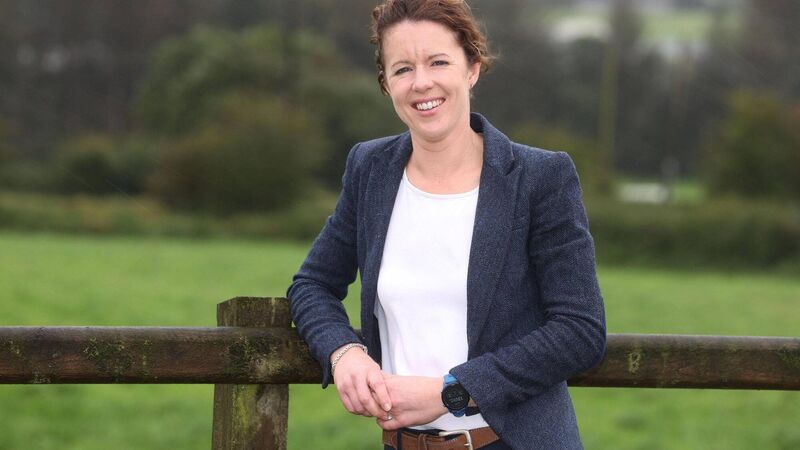
Dr Debbie McConnell, Eurogene AI Services’ newly-appointed chief scientist, says that breeding for production efficiency ultimately also improves dairying’s carbon footprint.
The Irish dairy cow of the future may not necessarily produce more litres of milk, but she will be smaller, have better feed conversion, and probably more closely health monitored and DNA profiled than most humans.
Ireland is currently on track to become one of the first nations to genotype its entire national beef and dairy herds, unleashing with it, a new generation of tools to target genetic advancement through breeding.
Speaking to the Irish Examiner, Eurogene AI Services’ newly-appointed chief scientist Debbie McConnell explained that breeding for production efficiency would ultimately also improve dairying’s carbon footprint.
Many of the livestock genetic firms now score sires for their green credentials.
“All of our bulls are now positive for the environment trait — so every bred animal using these bulls should therefore contribute to lower greenhouse gas emissions,” Dr McConnell said, explaining that smaller animals with better feed conversion were coming out best in the indexes.
“For every one-point increase in the EnviroCow trait, we actually reduce greenhouse gas emissions by around 10%. So genetics can have a key role to play in the challenge of tackling climate change," she said.
Yet, despite its potential, genetics remains a small proportion of farm costs.
“Just around 1.7% of all the money we spend on a dairy cow in her lifetime is spent on genetics, so it’s a very small proponent, but yet we know from farmers we are working with that the difference in milk income a year between the top 25% of genetics and the bottom 25% of genetics was just over €500,” Dr McConnell added.
“So we are spending a fraction of the money that we spend on a cow on genetics, yet genetics’ potential to impact our profitability is huge, and it is already having a big impact on farms where it is used.”
One tool that can help livestock breeders to hit the ‘fast-forward’ button on their genetic gains, is to genomically test their stock. This is a process that DNA sequences and maps out the genome of each individual animal.
It might seem surprising to some that our farms are so advanced, as the human genome was only fully sequenced in March 2022. However, the first unofficial US Department of Agriculture genomic evaluations were released in 2008 and became official for Holsteins, Jerseys, and Brown Swiss in 2009.
Today, there are 40,000-50,000 cows genotyped each year in Ireland, with 300 dairy herds already fully genotyped.
However, this figure is expected to increase exponentially with the launch new National Genotyping Scheme.
At the forefront of the charge, the Irish Cattle Breeding Federation (ICBF) is leading efforts to inform farmers about the full potential of genomic testing.
“This will have huge benefits not only for farmers, but also for the industry as a whole,” explained ICBF genomics advisor Bryan Kingston.
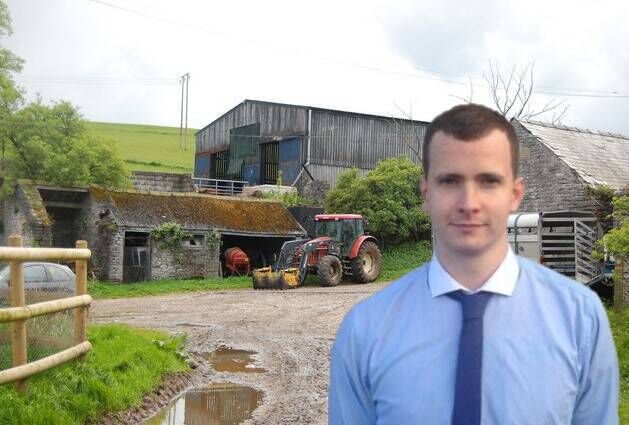
“If you are getting that genomic information at an earlier stage, a farmer can decide to sell their lower EBI ones, and keep their best.
“By keeping my best, I can increase the genetic gain on my herd and maximise profitability in my herd," Mr Kingson, who also farms in Drimoleague, Co Cork, explained.
"You are able to make selection decisions, not just on parent average breeding values but on actual breeding values and that will have a ripple effect.”
One of the core benefits — confirmed parentage — might sound trivial, but it ensures full traceability within the food chain and means that errors cannot be made in the registration of an animal – as they will all be DNA-sampled at birth, with the results then confirmed with their parents.
“Everything is captured at birth from the genomic sample. When we look at the rate of all genotyped animals, there is around a 15% rate of parentage errors,” Mr Kingston explained.
“A lot of dairy calves are born over a short period of time, and it can be difficult to confirm the correct sire or dam depending on the situation. Genomics means you can have that data all correct from Day One.” It also improves the accuracy of breeding values — figures that stockkeepers can use to predict their animals’ performance later in life.
“An ungenotyped animal would be around 20-25%, but by genotyping, that will actually almost double to up around 50%. To put that into perspective, that increase in reliability, that heifer calf will end up with around 10-14 daughters in milk production, so that just shows it is adding a huge amount of data to other animals’ indexes as well.”
The national scheme will genotype cows, heifers and bulls for free through the Brexit Adjustment Fund, with any calves born from next year onwards to be genotyped at a cost of €6, made up of a €4 genomics contribution, €1 tag fee, and €1 fee for postage, however, this latter fee can be reduced if several samples are posted together.
Patrick Kelly, data analyst and technical manager at the Irish Holstein Friesian Association, said the key lay in breeding for a “uniform” and “balanced” herd as this would allow better efficiency on-farm.
However, he warned it was a gradual process and one that continually needed to be reviewed.
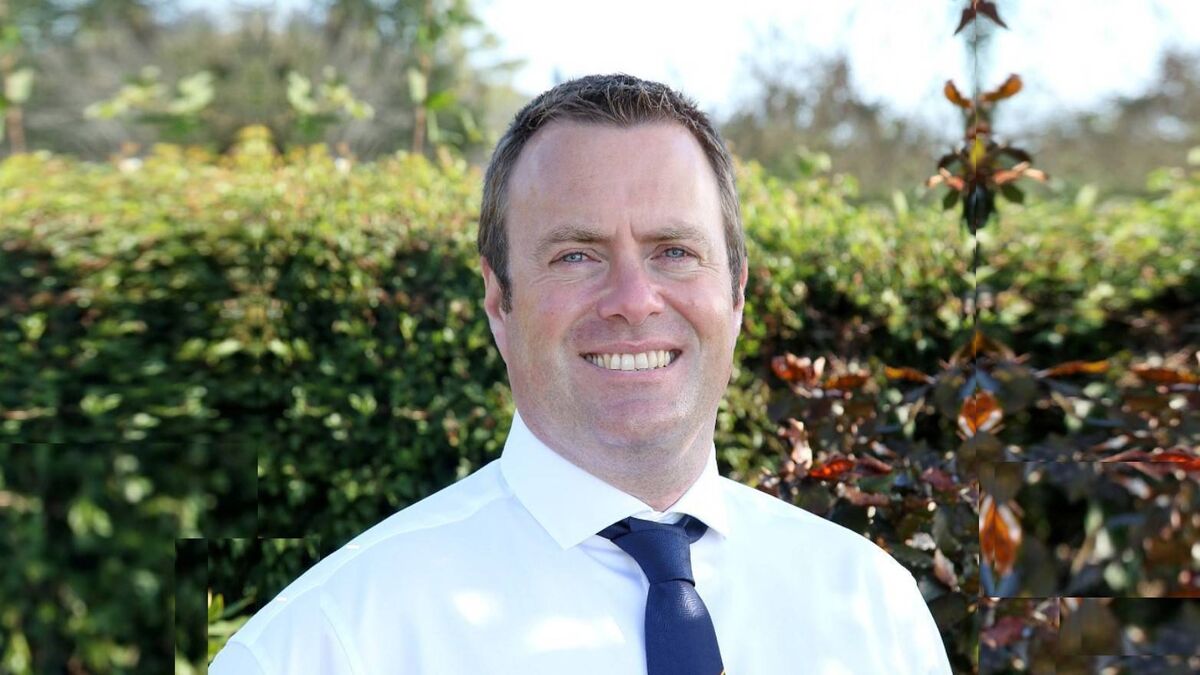
“The key thing really is balanced breeding and to make sure you are picking the system which suits you,” he said.
“You need to pick the system which suits you and pick your best cows for that system and balance it. If you are keeping every heifer from every cow, you will never manage that.
“I’ll get slated for saying it, but I’m a firm believer you should not breed replacements from all of your heifers. You’re going to have poor cows and poor efficiency in return. In the worst case, you will end up keeping your worst animals and not realising it,” he told the
“At the moment, everyone is looking outward and asking themselves if they should go up cows, down cows, buy more land. But I think we all need to look inward with our herds before we go looking out.
“You need to figure out if you have animals that you don’t need for starters — those that aren’t pulling their weight in your system.
“I had an interesting conversation recently with a young lad who was taking over from his father. He told me he wanted to go higher yielding. I told him, that was fine, but warned him: “You’ll have to get there gradually. No one can change their system in a year.”
“Half of your cows might have the potential to milk more, but the other half just won’t. All you will do is end up crippling yourself, because you’ll need to feed them at a level to support the higher yields, but some of the cows will just end up getting fat because they can’t produce at that level.
“That’s putting it quite basically, but there’s no such thing in farming as a ‘quick fix,” Mr Kelly warned. “Everything you do genetics-wise takes years before the groundwork you’ve put in takes effect.
“Realistically, from the minute you pick out your breeding cows and select your bulls, you are four years away from the resulting calves making you any money. So realistically, it takes around 10 years to change a dairy system – to replace all the animals that are poor with the animals you want going forward.”
Mr Kelly said that while he agreed it was important to be aware of wider changes in the industry, the most important factors are on your own farm.
“If you can identify what works best for your system, it’s probably going to work best going forward for you, too. Albeit, you might have slightly fewer animals, or you might not be able to carry as many,” he said.
“It’s matching what you want to run, with what you can run. Everyone has passengers, and unfortunately, the passengers can’t be there anymore.
“There’s a lot of farms, where you can look and say, ‘You know what, the six cows over there are not performing we well as the rest.’ It’s not that you want to get rid of them, but if you can gradually replace the animals in your bottom 25% with more that are closer aligned to your top 25%, you won’t need the same number of animals to maintain production.”




